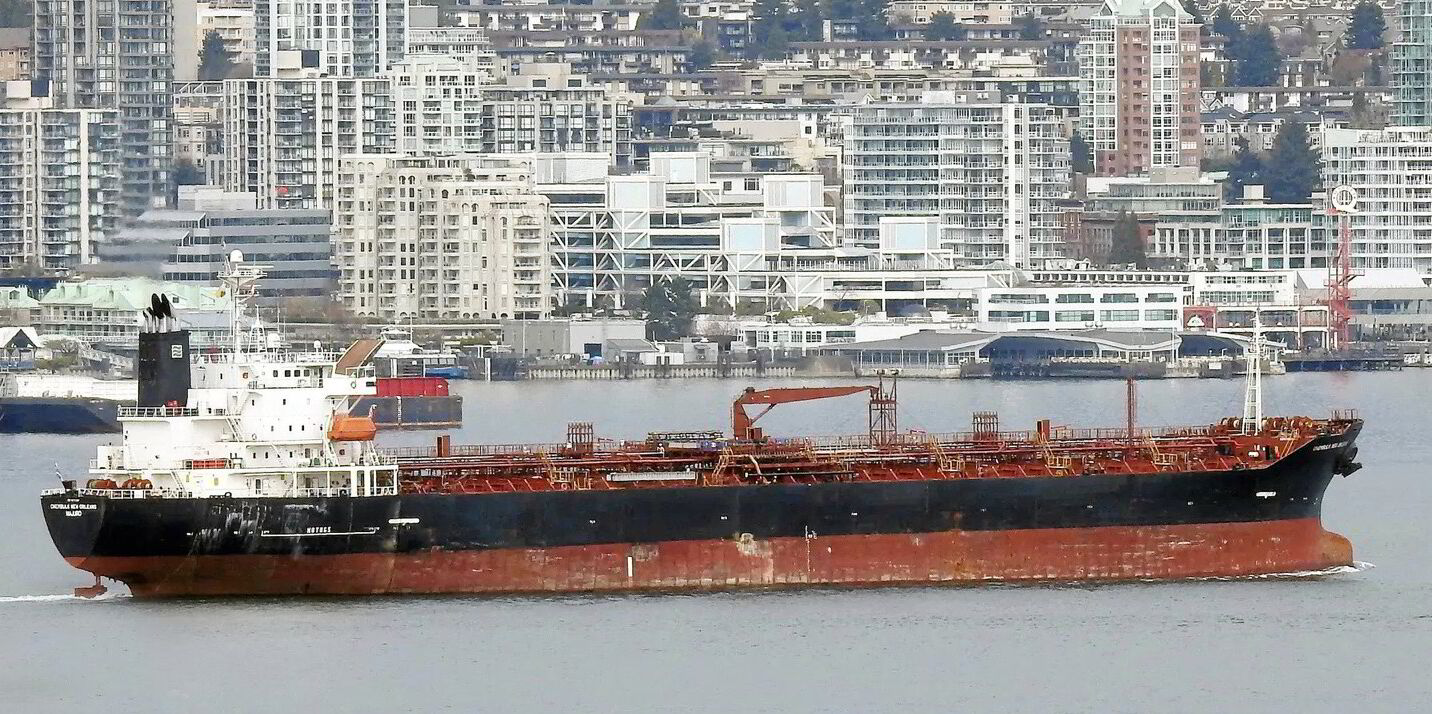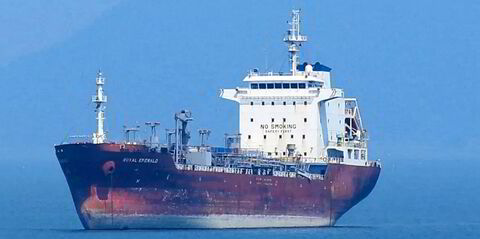Shipping remains a highly fragmented industry in terms of asset ownership, but Clarksons Research says this is less true when it comes to newbuildings.
The UK company’s examination of shipyard orderbooks shows control of new ships is much more concentrated.
Researcher Trevor Crowe said the ordering of alternative fuel ships is “especially consolidated, with a smaller number of owners leading investment”.
The world fleet of 111,000 ships is split between 29,000 owning companies, according to Clarksons, giving an average of four vessels per owner.
But the 6,000 ships on order are controlled by just 1,500 companies, it calculated, and less than 10% of owners have tonnage under construction.
Crowe also said the average size of a shipowner’s fleet is 55,000 gt, while the average size of an owner’s orderbook is 200,000 gt.
This has been trending up for a while, he added.
The average size of an owner’s orderbook was 70,000 gt in 2013.
Since then, the size of the orderbook has increased by 43% in gt terms, but the number of owners with tonnage on order has declined by 49%.
Newbuilding investment takes more and more money, with prices increasing and costly alternative fuel options to consider.
Access to financing plays its part
Only 344 companies have vessels on order that can use greener fuels.
“A relatively limited number of owners have been responsible for the investment in alternative fuel-capable capacity but each with an average volume of such tonnage on order of more than 400,000 gt,” Crowe said.
The top 50 owners by tonnage on order account for 52% of capacity today, versus 30% in 2009 to 2011.
In contrast, the top 50 owners in the fleet represent only 29% of total tonnage, Clarksons revealed.
“More acute still is the concentration of alternative fuel-capable capacity on order around the largest investors,” Crowe said.
“The same leading 50 newbuild investor companies account for a 68% share of alternative fuel capacity on order.
“A higher share of container ship and gas carrier ordering — sectors where traditionally owners are larger than in other segments — and access to finance have played a role in greater concentration, along with growing uptake of alternative fuelling in some sectors and with newbuild price levels, yard lead times and technology uncertainty deterring some owners from newbuild investment.”
Tankers ageing faster than bulkers
Meanwhile, Greece’s Allied Shipbroking has drawn clear lines between a rapidly ageing tanker fleet and a dry cargo fleet under less pressure.
The profile of bulkers “stands in stark contrast to that of the tankers”, it said, as owners keep trading many older vessels in the shadow fleet lifting Russian exports.
Across the sectors, assuming that only a low rate of demolition occurs, the portion of the dry cargo fleet that might be classed as “vintage” — older than 20 years — will remain at or below 20% and can be easily managed by average demolition rates, the Athens shop said.
But the figure has been rising steadily since 2014, except in capesizes, where the proportion of the fleet classed as vintage fell from 2007 to 2021.
“The dry bulk fleet is not facing the same immediate pressures as the tanker fleet, although the next decade will likely pose significant challenges,” Allied said.
“The coming years will see notable growth rates if there is minimal demolition, but average-to-high levels of scrapping seen in the past decade should be enough to maintain a balance between supply and demand so long as the latter increases at around 3% per year.”





